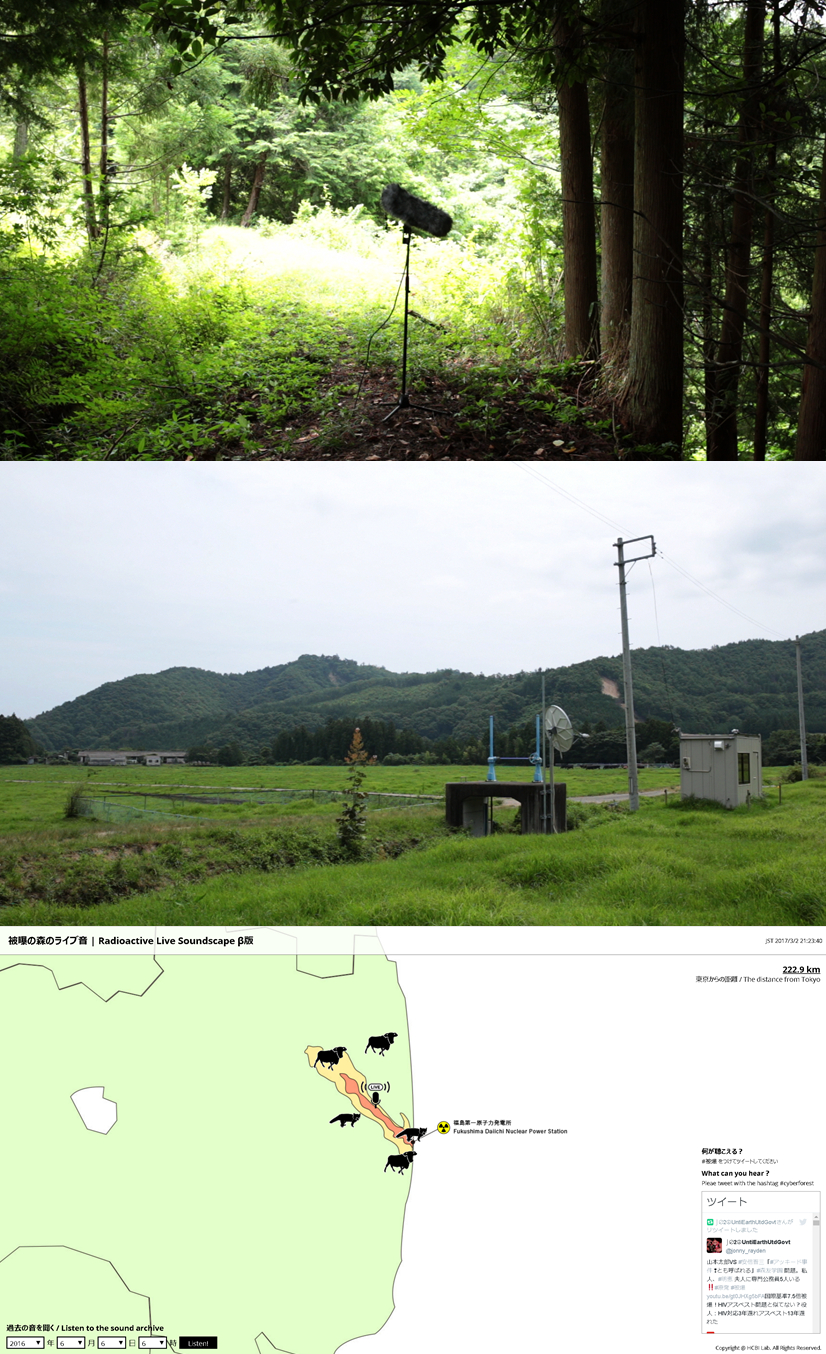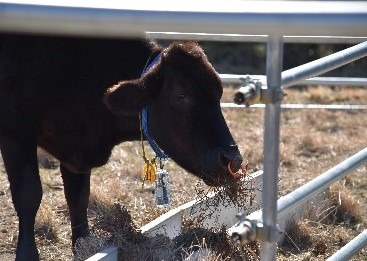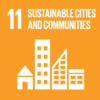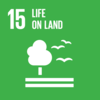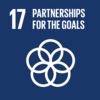Radioactive Live Soundscape Project


- 1.1 Data Processing System (Novel Computing, Machine Learning, Neural Network, etc.)
- 1.3 Data Communication System (5G, Beyond 5G, IoT, Data Free Flow with Trust, etc.)
- 1.4 Data Generation System (Sensor, Microsensor, etc.)
- 1.5 Data Display System (VR, AR, MR, SR, etc.)
Hiroki Kobayashi,
Information Technology Center
Professor, Information Technology Center / Center for Spatial Information Science
This project is an independently conducted sensor network research for the ecological survey of wild animals in areas where it is difficult to return due to the accident at the Fukushima Daiichi Nuclear Power Plant. It will take tens to hundreds of years of continuous research to clarify the effects of radiation on wild animals. On the other hand, there is no information/power supply infrastructure in the difficult-to-return area, and it is difficult to enter easily due to the high air dose. In this study, we are developing and operating a remote monitoring platform for wild animals that live in this difficult-to-return area. A representative installed a spatial sensor such as a microphone in Namie Town, Fukushima Prefecture in 2016 for the purpose of ecological survey in this difficult-to-return area. In addition, we are still conducting IoT research using exposed animals that actually inhabit the area. The equipment are highly ICT-enabled and have a configuration suitable for unmanned operation using AI. In 2017, we acquired 9000 hours of data; then, these data were analyzed by machine learning in collaboration with French researchers. The research results so far have been highly evaluated in terms of design for the combination of acoustic ecology and IoT/AI, and have won a prestigious international award. It can be expected to be applied to environmental conservation problems in developed countries and public health in developing countries.
Related links
Related publications
- Hill Hiroki Kobayashi, Hiromi Kudo, Hervé Glotin, Vincent Roger, Marion Poupard, Daisuke Shimotoku, Akio Fujiwara, Kazuhiko Nakamura, Kaoru Saito, Kaoru Sezaki. A Real-Time Streaming and Identification System for Bio-acoustic Ecological Studies after the Fukushima Accident, Multimedia Technologies for Environmental & Biodiversity Informatics, Multimedia Tools and Applications, Springer, pp.53-66,2018. (doi:10.1007/978-3-319-76445-0_4).
- Hill Hiroki Kobayashi, Keijiro Nakagawa, Ko Makiyama, Yuta Sasaki, Hiromi Kudo and Kaoru Sezaki, Animal-to-Animal Data Sharing Mechanism for Wildlife Monitoring in Fukushima Exclusion Zone. Multimodal Technologies and Interaction. Volume 2, Number 3, pp.40-, 2018. (doi: 10.3390/mti2030040) .
- Hill Hiroki Kobayashi and Hiromi Kudo. Acoustic Ecology Data Transmitter in Exclusion Zone, 10km from Fukushima Daiichi Nuclear Power Plant, LEONARDO / Journal of the International Society for the Arts, Sciences and Technology (MIT Press), Volume 50, Issue 2, pp.188-189, 2017. (doi:10.1162/LEON_a_01416).
SDGs
Contact
- Hiroki Kobayashi
- Email: animal-grp2[at]csis.u-tokyo.ac.jp
※[at]=@



